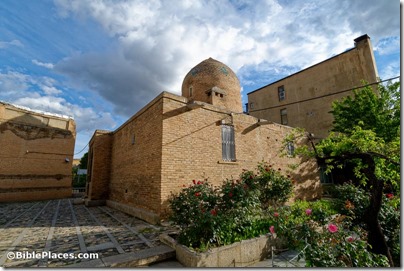A worker clearing a nature path at Nitzana (Nessana) in the Negev discovered a stone with a Greek inscription reading “Blessed Maria.”
A forthcoming article by David Ussishkin argues that there was no gate shrine at Lachish desecrated in the reign of Hezekiah.
Bill Barrick’s latest research trip post focuses on Tel Dan and includes a variety of images and a list of recommended resources.
The Crusader-era siege ramp around Ashkelon served another purpose: protecting the city from being overtaken by sand.
After an extended investigation, the Israel Antiquities Authority recovered thousands of looted artifacts in three raids in central Israel.
Evie Gassner looks at a lot of evidence in order to determine just how Jewish King Herod was.
Bruce Routledge will be lecturing on Jan 11, 11am CET, on “Iron Age Jordan: The Levant from a very different angle.” To register and receive a Zoom link, email [email protected].
Conversations in the Archaeology and History of Ancient Israel with Israel Finkelstein. This video series with a controversial archaeologist will be rolling out over the coming year. The initial videos (20-30 min. each) are available now.
Claus-Hunno Hunzinger died this week. He was the last living member of the original Dead Sea Scrolls team.
An obituary has been posted for Shlomo Bunimovitz who died last month.
Peter Goeman gives a good roundup of articles in the blogosphere in the latest biblical studies carnival.
HT: Agade, Andy Cook
